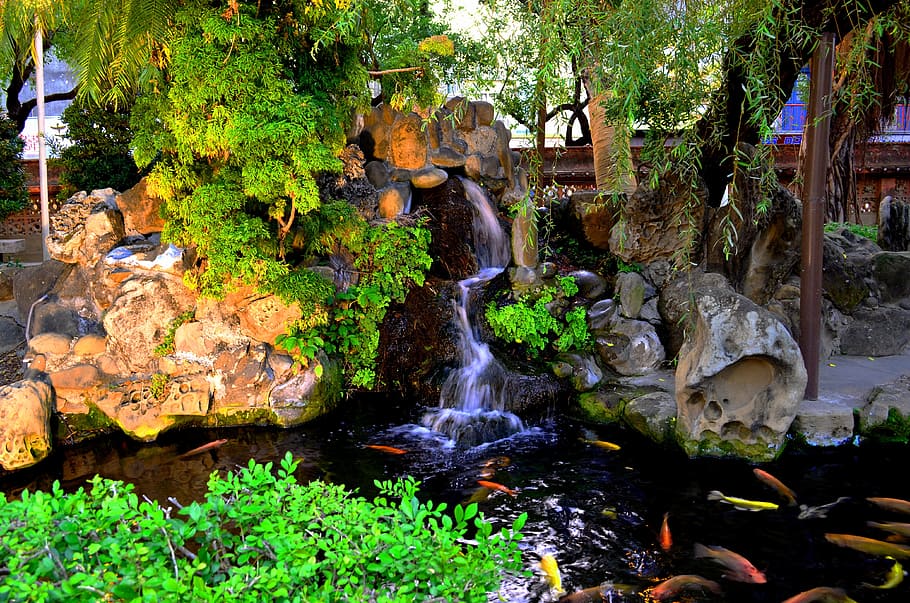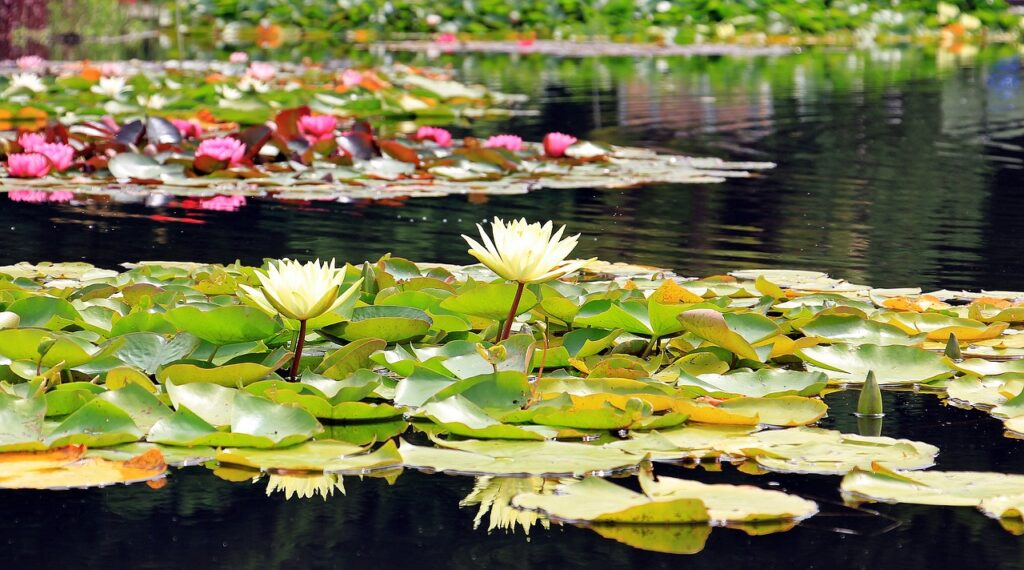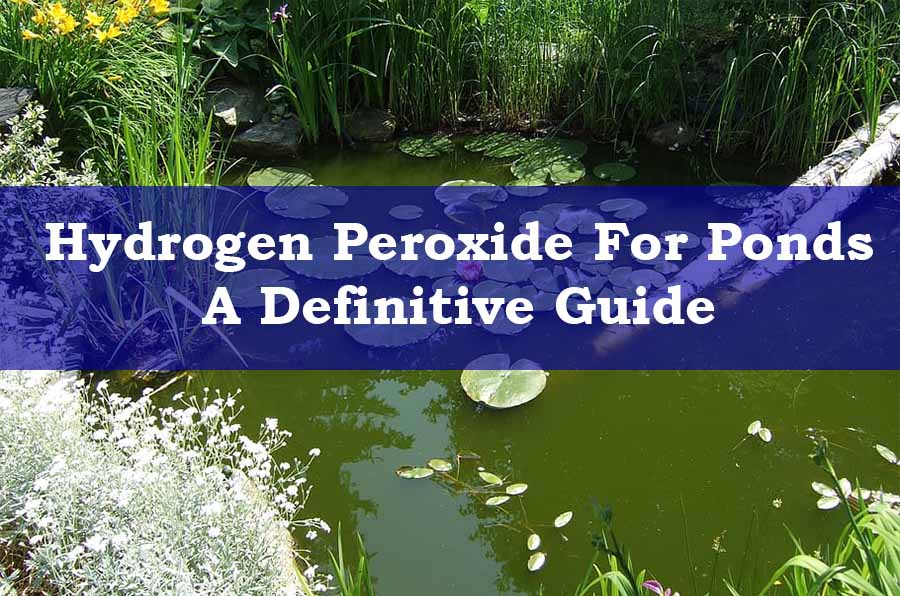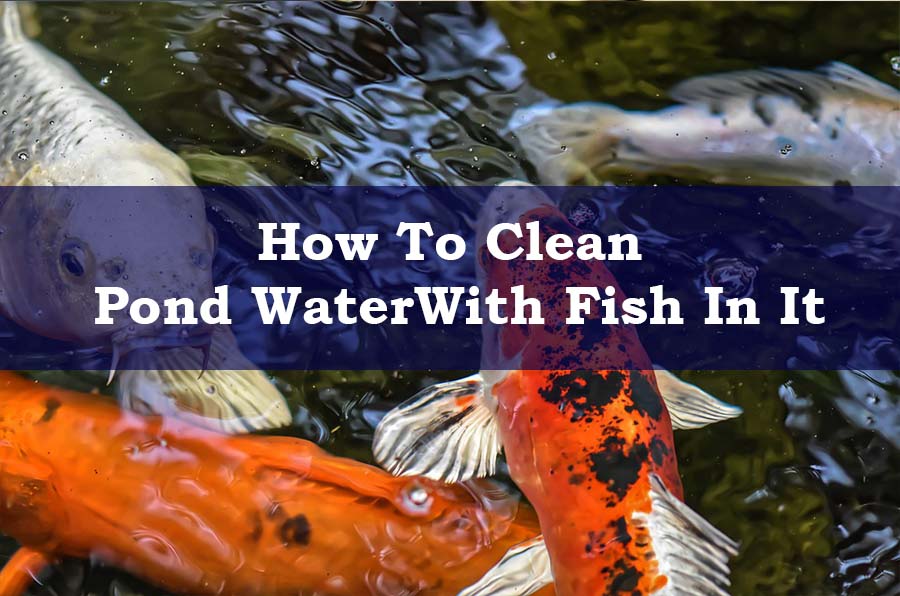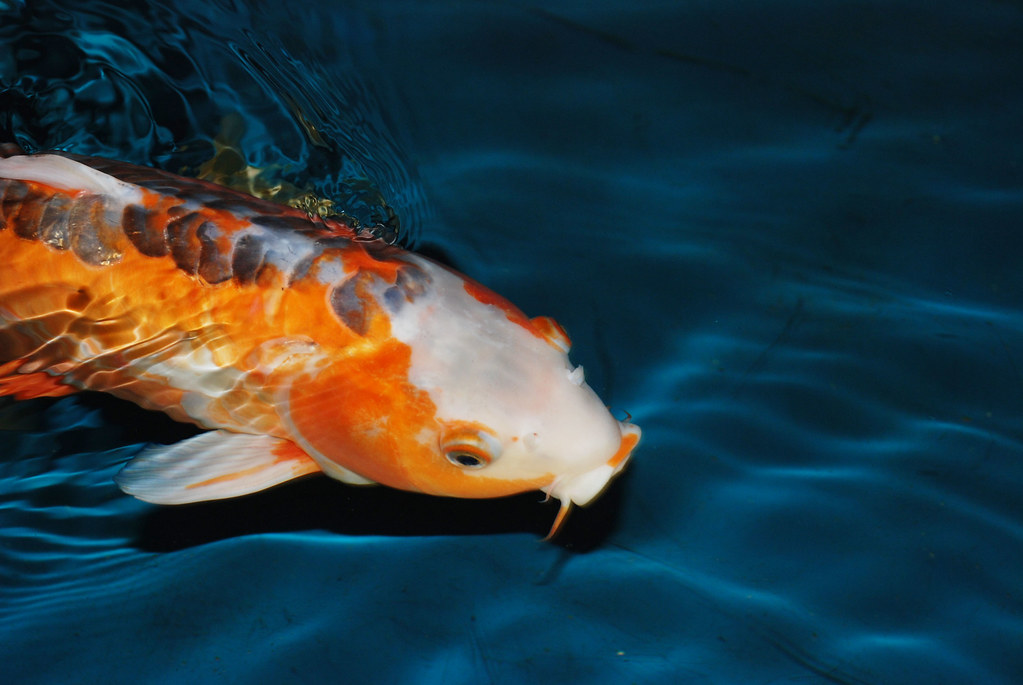
Spend Amazing Time
BUILD A KOI POND
“Interestingly, Koi, when pun in a fishbowl, will only grow up to three inches. When this same fish is placed in a large tank, it will grow to about nine inches long”
– Vince Poscente
We Encourage People To Build Natural Habitat For Fish
Build Your Pond
Maintain Your Pond
Maintain Water Quality
Hydrogen Peroxide For Pond Algae Control – A Definitive Guide
How To Clean Pond Water With Fish In It? 6 Effective Methods
How To Keep Pond Water Clear Naturally – 10 Actionable Steps
Learn About Fish
Pick the Best Pump For Your Pond
A pond pump is the lifeline of any garden pond. Learn what type and size pump your pond will need and pick the best one from our top picks.
Explore The World Of Koi Fish
Originating in Japan, Nisigikoi commonly known as Koi Fish has more than 100 verities. Koi is a symbol of Love, Friendship, and Commitment.




